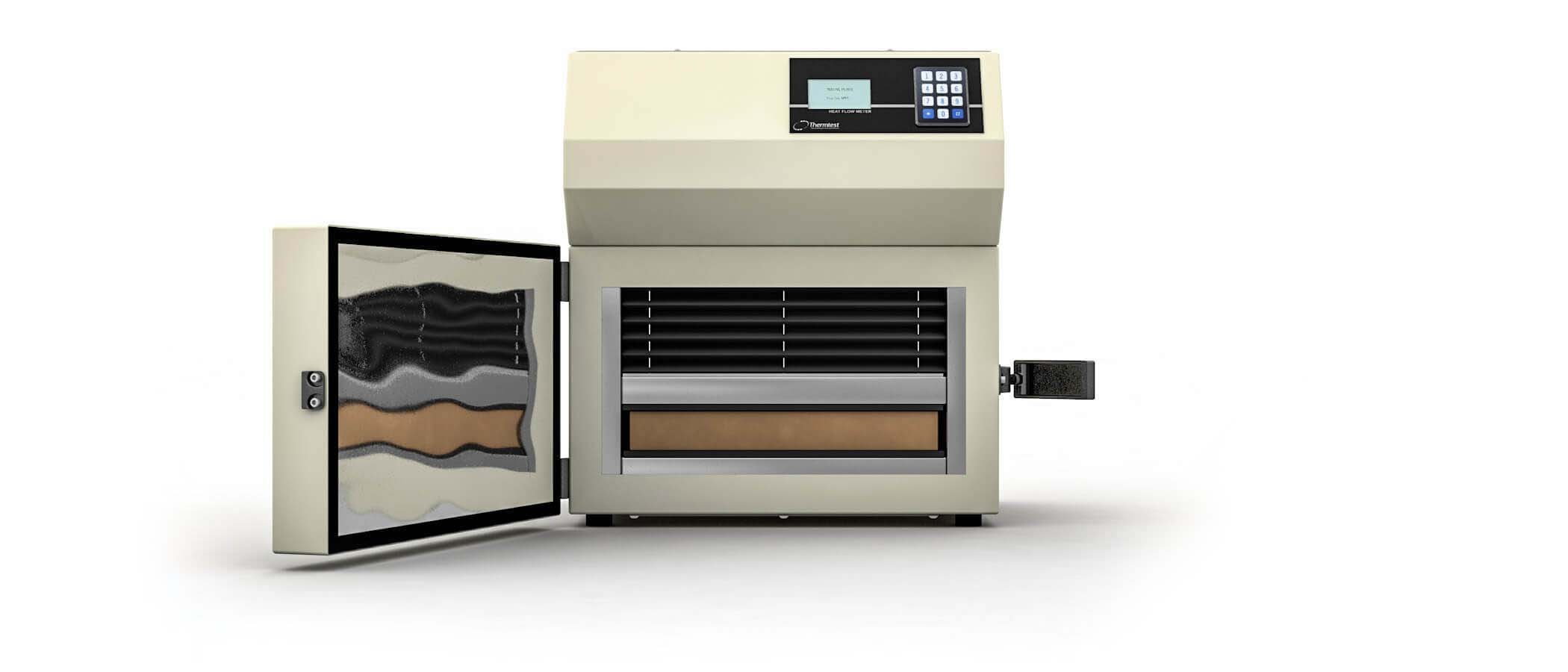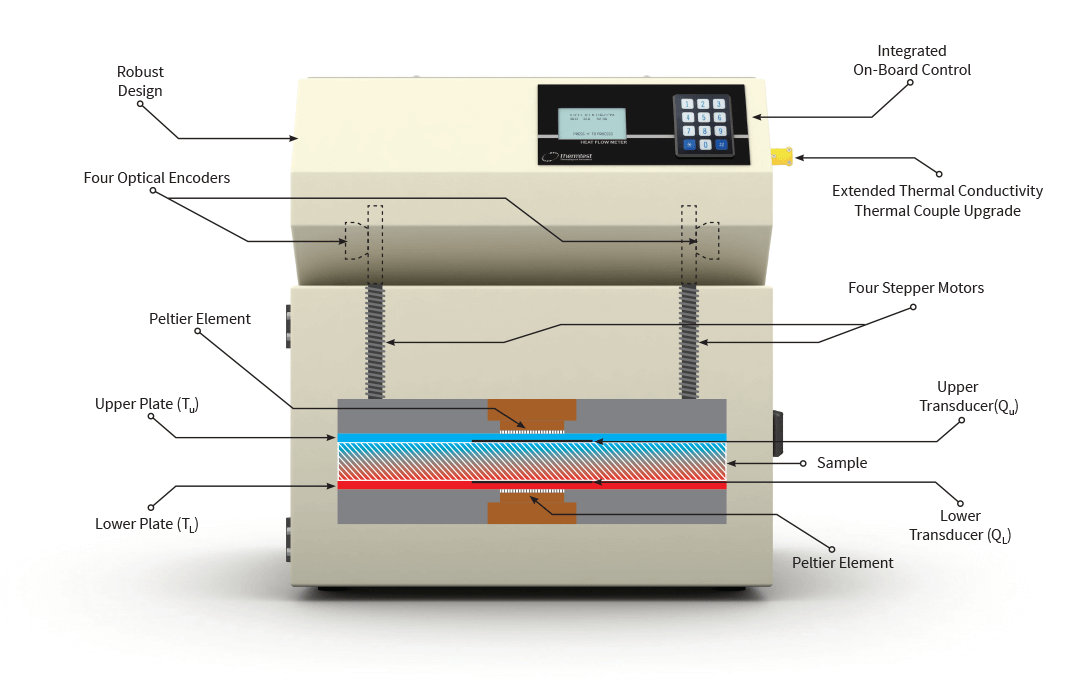
- Monday - friday : 8:00 AM to 7:00 PM
- +91 40 23153388
- info@elicomarketing.com
Product Details
- Home
- Product Details


HFM-100 HEAT FLOW METER
The HFM-100 Heat Flow Meter method is an easy-to-use rapid technique for thermal conductivity measurement and thermal resistance testing of insulation products, construction materials, packaging, and assemblies. A measurement of thermal conductivity is an indicator of the ability of a material to conduct heat and can be critical for defining energy efficiency and thermal performance in materials. The Thermtest HFM has been designed and engineered to combine the highest accuracy, repeatability, widest temperature range, and industry-leading performance, all at an exceptional value. Follows international standards: ASTM C518, ISO 8301, and EN 12667.he THW-L1 following ASTM D7896-19, is widely used for the accurate measurement of thermal conductivity, thermal diffusivity, and specific heat of liquids and pastes. This versatility is greatly expanded with the addition of Thermtest’s proprietary Temperature Platform (TP) which is appreciated by academic and commercial users alike.
The cost effective HFM 100 Heat Flow Meter instrument is an excellent choice when making steady-state thermal conductivity measurements of specimens such as insulation products and construction materials. Thermtest has rigorously engineered the heat flow meter to meet the requirements of international standards including ASTM C518, ISO 8301, and EN 12667.
Operating the HFM is straightforward — a sample is positioned between two heating – cooling plates, and the upper plate, powered by stepper motors positioned in each corner, lowers to contact the top of the sample. Plate contact with the test specimen is controlled by a standard pressure applied, or by a user defined specimen thickness. Stepper motors are controlled by individual optical encoders for measurement of sample thickness (L), to the nearest 0.1 mm (0.004 in). Integrated logic between stepper motors allows the upper plate to sense and adjust for specimens with surface variations, optimizing plate – specimen contact for measurements.
One heat flux sensor is integrated into each plate, and is used to monitor heat flux (Q/A), generated due to the difference in temperature (ΔT) between the top and bottom plate at regular intervals, until steady-state heat flux is observed. The composite heat flux is then used to calculate thermal conductivity (λ) and thermal resistance (R) according to Fourier’s Law.
